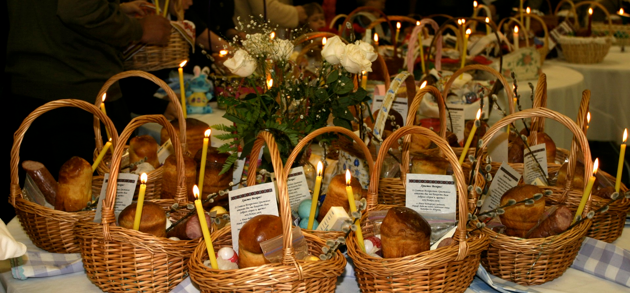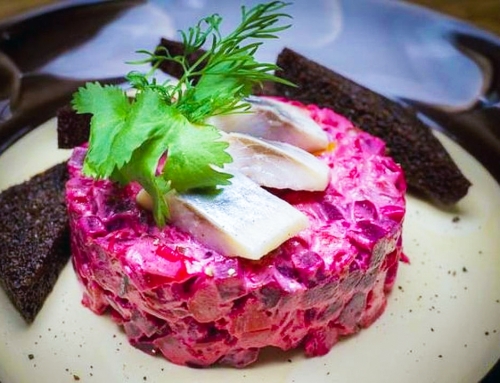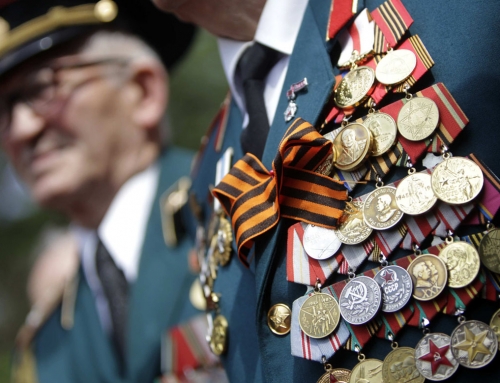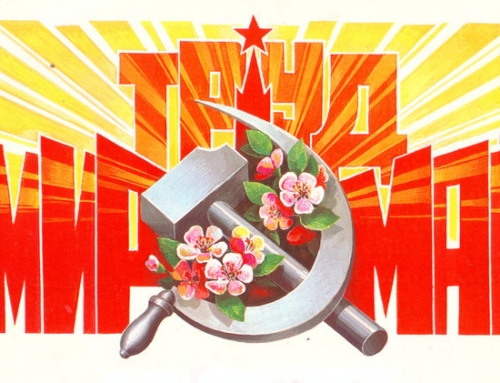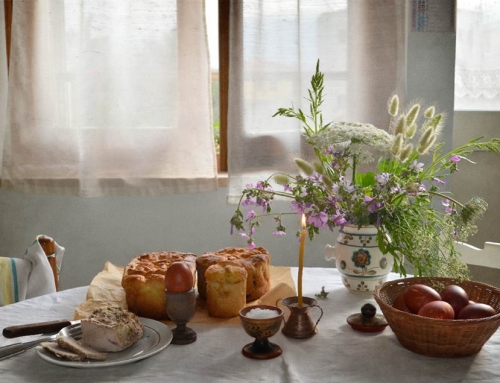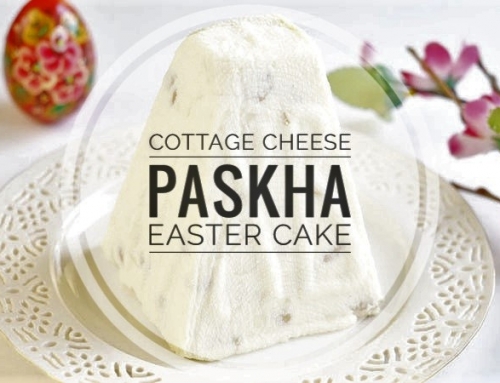While Western Christians celebrated Easter on April 8, Eastern Christians have yet to prepare for this great holiday. This difference occurs because Orthodox Christians use the old Julian calendar, but Catholics and Protestants use the newer Gregorian one, named after Pope Gregory XIII who introduced it in 1582.
Another interesting fact is that Russian Easter falls on different dates each year because it’s based on the position of celestial objects–the moon and the sun. Calculation of Easter date is rather complicated, but in simplified form, Easter falls on the first Sunday after the full moon following the 21st of March. Therefore, Orthodox Easter may take place on any Sunday from April 4 to May 8. This year, Russians are celebrating Easter on April 15.
The second most important Russian tradition at Easter, after going to church, has always been Easter feast. The Easter table should be decorated with colorful eggs as a symbol of Easter. It should be rich and include foods that were not allowed during the preceding Lent: eggs, milk and meat. The feast begins with a variety of snacks. Stuffed eggs are a great snack for wine or vodka. Several varieties of cheese with different flavors will add satisfaction and sophistication to your table. And of course, you shouldn’t forget the famous Russian appetizer–red and black caviar. Several vegetable snacks will complement and diversify the beginning of the holiday meal.
Main courses at the Easter table are meat dishes. In past times they used to slaughter a lamb or a piglet and cook it for Easter lunch. They also made dishes from fresh poultry. These days, you may successfully use ready-made deli meats, selected according to your taste. The traditional side dish for meat at Easter has always been buckwheat kasha. The other dishes are up to you. Easter table has always been a measure of well-being for the Russian people. In the best-off families, the Easter table contained 48 dishes, one for each day of Lent.

